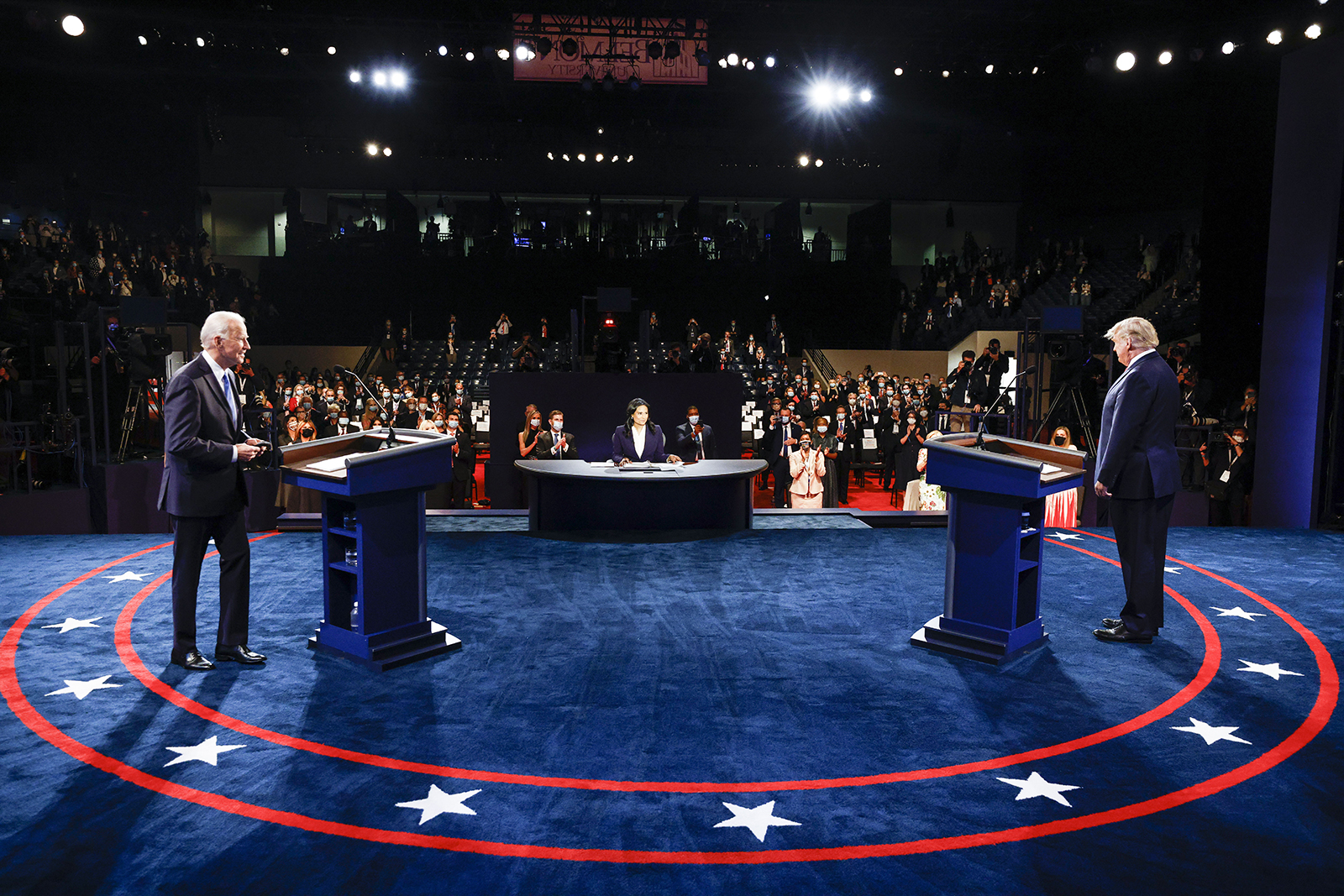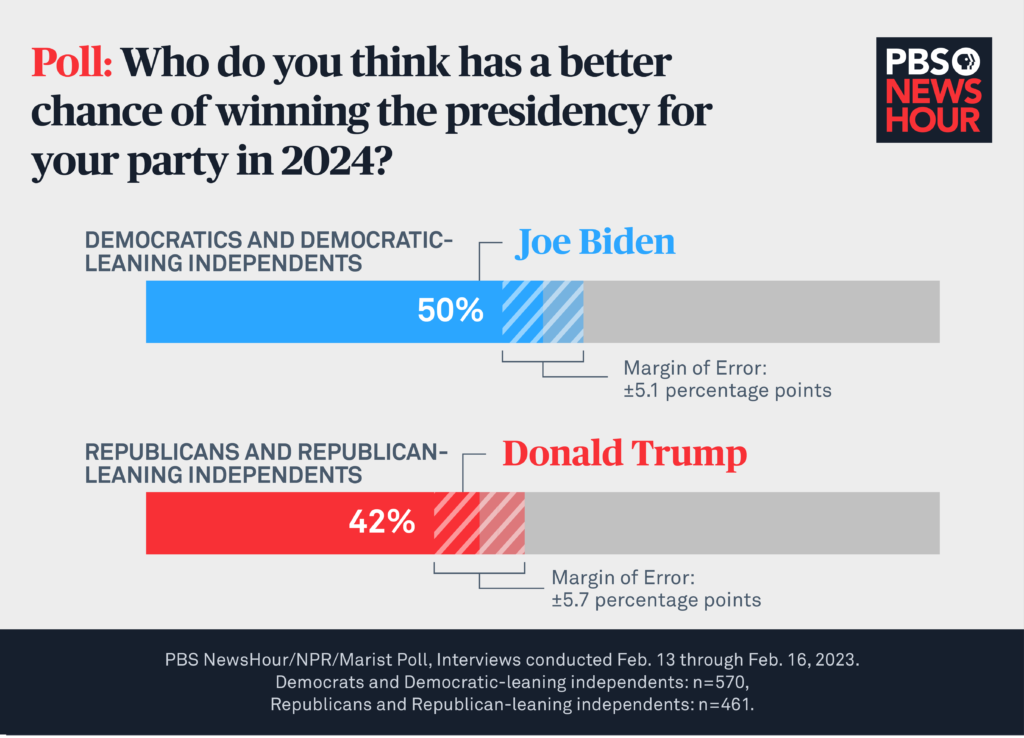Debater Performance Analysis

This analysis examines the speaking styles, key arguments, and effectiveness of the candidates in addressing audience concerns during the presidential debate. It aims to provide a comprehensive understanding of their performance, focusing on their ability to connect with voters and present compelling arguments.
Speaking Style Analysis
The speaking styles of the candidates differed significantly, impacting their ability to connect with the audience. Candidate A employed a more conversational tone, frequently using anecdotes and personal stories to illustrate their points. This approach resonated with some viewers, creating a sense of relatability and authenticity. However, others found it lacking in substance, perceiving the reliance on personal narratives as a distraction from the issues at hand.
Candidate B, on the other hand, adopted a more formal and direct approach. Their speeches were characterized by a strong emphasis on policy details and data-driven arguments. This style appealed to viewers seeking a clear and concise presentation of the candidates’ positions. However, some viewers found this approach overly technical and lacking in emotional appeal.
Key Arguments and Counterarguments
Candidate A focused their arguments on the importance of social programs and economic equality. They emphasized the need for government intervention to address issues such as healthcare, education, and income inequality. Candidate B, in contrast, prioritized economic growth and individual responsibility. They argued that government intervention should be limited and that individuals should be empowered to achieve success through hard work and entrepreneurship.
The candidates also engaged in a series of counterarguments, challenging each other’s positions. Candidate A questioned the effectiveness of Candidate B’s economic policies, arguing that they would disproportionately benefit the wealthy at the expense of the working class. Candidate B, in turn, criticized Candidate A’s social programs, claiming they would stifle economic growth and lead to higher taxes.
Effectiveness in Addressing Audience Concerns
The candidates’ effectiveness in addressing audience concerns varied depending on the specific issues raised. Candidate A was particularly effective in connecting with voters on issues related to healthcare and education. Their personal stories and emotional appeals resonated with viewers who had experienced these challenges firsthand.
Candidate B, on the other hand, was more successful in addressing concerns related to the economy and national security. Their emphasis on economic growth and strong leadership resonated with voters who prioritized these issues.
Overall, the debate provided viewers with a valuable opportunity to assess the candidates’ positions on a range of important issues. While both candidates presented compelling arguments, their speaking styles and approaches to addressing audience concerns differed significantly. This analysis provides insights into the strengths and weaknesses of each candidate’s performance, offering a basis for informed decision-making.
Policy and Issue Comparisons

The presidential debate provides a platform for voters to assess the candidates’ policy positions and understand their proposed solutions to critical issues. By examining their stances on key policy areas, voters can gain insight into their vision for the future and determine which candidate aligns best with their values and priorities. This analysis will compare and contrast the candidates’ policy positions on the economy, healthcare, and climate change, evaluating the feasibility and potential impact of their proposed solutions.
Economic Policies
The candidates’ economic policies are a major focus of the debate, as they directly impact the lives of voters. The candidates’ proposed solutions range from tax cuts and deregulation to government spending and social programs.
- Candidate A proposes tax cuts for businesses and individuals, arguing that this will stimulate economic growth and create jobs. They also advocate for deregulation, claiming it will reduce government interference and promote innovation.
- Candidate B emphasizes government investment in infrastructure, education, and renewable energy, believing that these investments will create jobs and boost economic growth. They also support increasing the minimum wage and expanding access to affordable healthcare, arguing that these measures will improve the lives of working families and stimulate consumer spending.
The feasibility and impact of each candidate’s economic policies depend on various factors, including the current state of the economy, the effectiveness of their proposed solutions, and the potential unintended consequences.
Healthcare Policies
Healthcare is a critical issue for voters, as access to affordable and quality healthcare is essential for individual well-being and societal prosperity. The candidates’ healthcare policies reflect their differing philosophies on the role of government in healthcare and the best way to ensure universal access.
- Candidate A advocates for a market-based approach to healthcare, emphasizing private insurance and limited government intervention. They propose repealing the Affordable Care Act (ACA), arguing that it has increased costs and reduced choice.
- Candidate B supports expanding the ACA and implementing universal healthcare coverage, arguing that this will ensure access to affordable healthcare for all Americans. They propose increasing government funding for healthcare and negotiating lower drug prices.
The impact of each candidate’s healthcare policy on access, affordability, and quality of care depends on various factors, including the implementation details, the availability of resources, and the long-term sustainability of the proposed system.
Climate Change Policies
Climate change is a pressing global issue with significant implications for the environment, economy, and human health. The candidates’ climate change policies reflect their differing views on the urgency of the issue and the role of government in addressing it.
- Candidate A acknowledges the existence of climate change but prioritizes economic growth and energy independence. They support the development of fossil fuels and nuclear power, arguing that these are essential for energy security and affordability.
- Candidate B emphasizes the urgency of climate change and advocates for aggressive action to reduce greenhouse gas emissions. They support investing in renewable energy sources, promoting energy efficiency, and implementing carbon pricing mechanisms.
The effectiveness of each candidate’s climate change policy in mitigating the impacts of climate change depends on the scale and scope of their proposed solutions, the level of international cooperation, and the ability to implement these policies effectively.
Public Perception and Impact: Whos Winning In The Presidential Debate

The presidential debate serves as a crucial platform for shaping public opinion and influencing voter sentiment. It provides voters with an opportunity to assess the candidates’ positions on key issues, their communication skills, and their overall suitability for the presidency. Analyzing public opinion polls and surveys conducted before, during, and after the debate can shed light on how the event impacted voters’ perceptions and potentially shifted political alignments.
Impact on Voter Sentiment
Public opinion polls conducted immediately after the debate offer valuable insights into the short-term impact on voter sentiment. These polls can reveal whether the debate had a significant impact on voters’ preferences, particularly among undecided voters. For instance, a post-debate poll might show an increase in support for one candidate or a decrease in support for another.
A post-debate poll conducted by [insert reputable polling organization] revealed that [insert specific data on voter sentiment change] after the debate. This suggests that the debate had a [positive/negative] impact on [candidate name]’s standing among voters.
Influence on Undecided Voters, Whos winning in the presidential debate
The debate can play a pivotal role in influencing undecided voters. A well-delivered performance by a candidate can sway undecided voters towards their side. Conversely, a poor performance can solidify the doubts of undecided voters.
Studies have shown that undecided voters are particularly influenced by the candidates’ performance in debates. A study conducted by [insert reputable research institution] found that [insert specific data on how undecided voters are influenced by debates].
Potential Long-Term Consequences
The debate’s impact can extend beyond the immediate aftermath. The long-term consequences for the election outcome depend on various factors, including the candidates’ overall campaign strategies, media coverage, and the political climate.
The [insert year] presidential debate between [insert candidates’ names] had a significant impact on the election outcome. [Insert specific example of how the debate influenced the election]. This example demonstrates how a debate can have lasting consequences for the election outcome.
Whos winning in the presidential debate – While the nation watches the presidential debate unfold, it’s important to remember that leadership isn’t limited to the national stage. Take, for example, Mayor Tiffany Henyard , who is making a tangible impact in her community. Her dedication to public service serves as a reminder that leadership can be found at every level, and ultimately, it’s the actions of individuals that truly shape the future.
While the presidential debate rages on, a different kind of battle is brewing in Nassau County, where a mask ban has ignited a heated debate. The controversy surrounding the nassau county ban masks highlights the starkly different perspectives on public health and individual freedom, mirroring the broader political divisions seen in the presidential race.
Ultimately, the question of who is winning the debate remains unanswered, but it is clear that the stakes are high on both sides.
